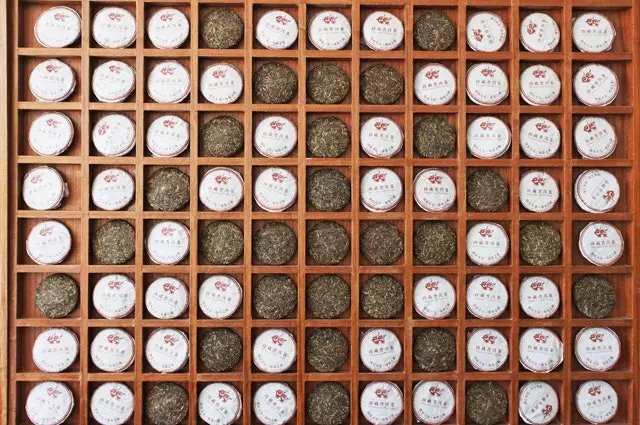
No, they are not 'macarons', but 'B?ngchá' shaped Pu'er tea bricks.
For this reason I have decided that I will not stay in little cliches that synthesize the essence of a country with an ancient culture. I am going to rehydrate the information and make it expand until I manage to make sense of those topics with which we believe we can define a town of more than 1,300 million inhabitants. This time I will soak the Pu'er tea.
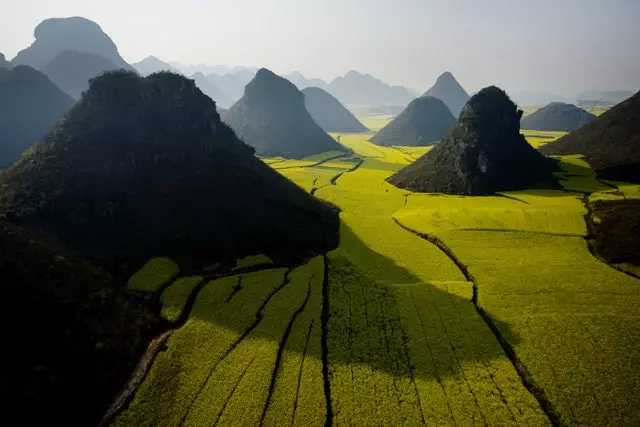
Tea plantations color the mountains of Yunnan.
We've all been drinking for years red tea to fight those hateful calories too much, but why that one and not another? and why is it red if the leaves are green? Or are all red teas the same? To get to know this story first-hand, it is best to travel to yunnan province, which —due to its enormous extension— is the same as if someone told a foreigner that to try the ensaimada he had to visit Spain (the region is not indicated, nor is the product defining our common culture) . For what, better, let's specify: you have to go to the southwest China, to the prefectural city of Pu'er, right in the place where the infinite tea plantations color the natural terraces formed in the emerald green. rugged Wu-liang Shan-mo mountain range.
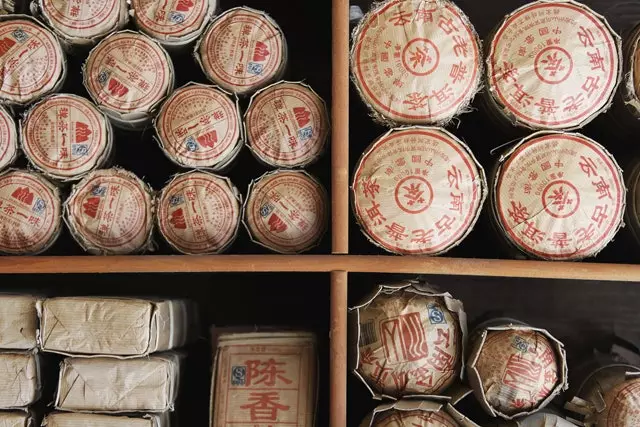
Tea bricks are wrapped in dai paper and bundled with bamboo leaf.
You can find it in the form of loose strands, but the most traditional and suitable are the tea bricks with a rounded shape (Bĭngchá) . To achieve this compact appearance, and before proceeding to dry, stone presses are often used quite archaic –but apparently very effective–. Thus, the tea tablets remain for the established time, safe from light and humidity, normally wrapped in dai paper and grouped with a bamboo leaf. The more years, the more earthy and powerful its flavor will be. I am not an expert in teas, but connoisseurs assure that, initially, it develops orchid scent notes to then leave a strong, powerful and somewhat bitter sensation in the mouth. unmistakable!
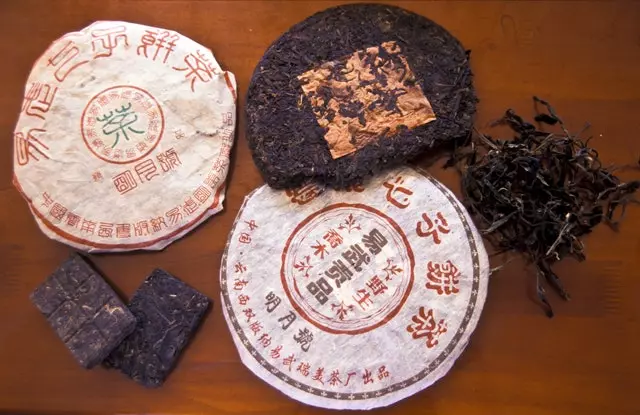
The taste of Pu'er tea is reminiscent of orchids and ends with a light but intense bitterness.
It is likely that the qualities that make it so special, such as being a natural fat burner (among other healing properties that are attributed to it in the Yunnan region), are due precisely to the microorganisms generated during this long fermentation. Because, although it is not scientifically proven, the ancient tradition —it began to be produced in the 6th century and its use became general from the 14th century— assures that it is a perfect digestive, which increases blood pressure and lowers cholesterol.
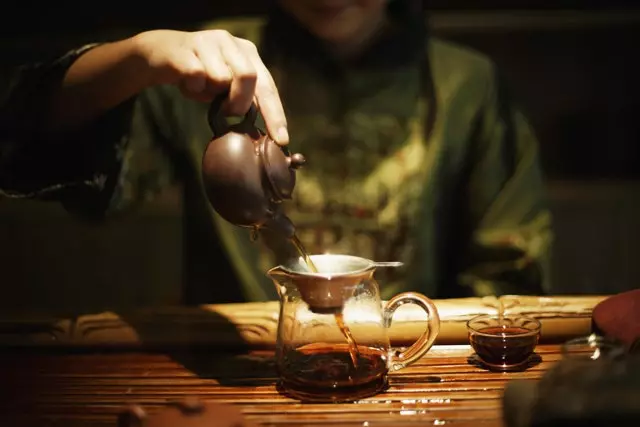
The tea ceremony is part of Chinese art and culture.
In China, the best way to understand the importance of this product turned into culture, is to witness a tea ceremony. The Kunming ritual (named after the capital of Yunnan province) around this precious element does not have strict rules and it depends on who does it, but it has been a socialization vehicle for hundreds of years. If you are impatient, it is better not to attend one, since you will not understand the depth and subtlety with which the cups are filled and emptied over and over again, nor the delicacy with which they pour and 'pour' the water from the kettles. Ten minutes of protocols that give rise to half a cup of tea that you have to drink in three sips, because, in China, you have to fill the rest with friendship and affection.
